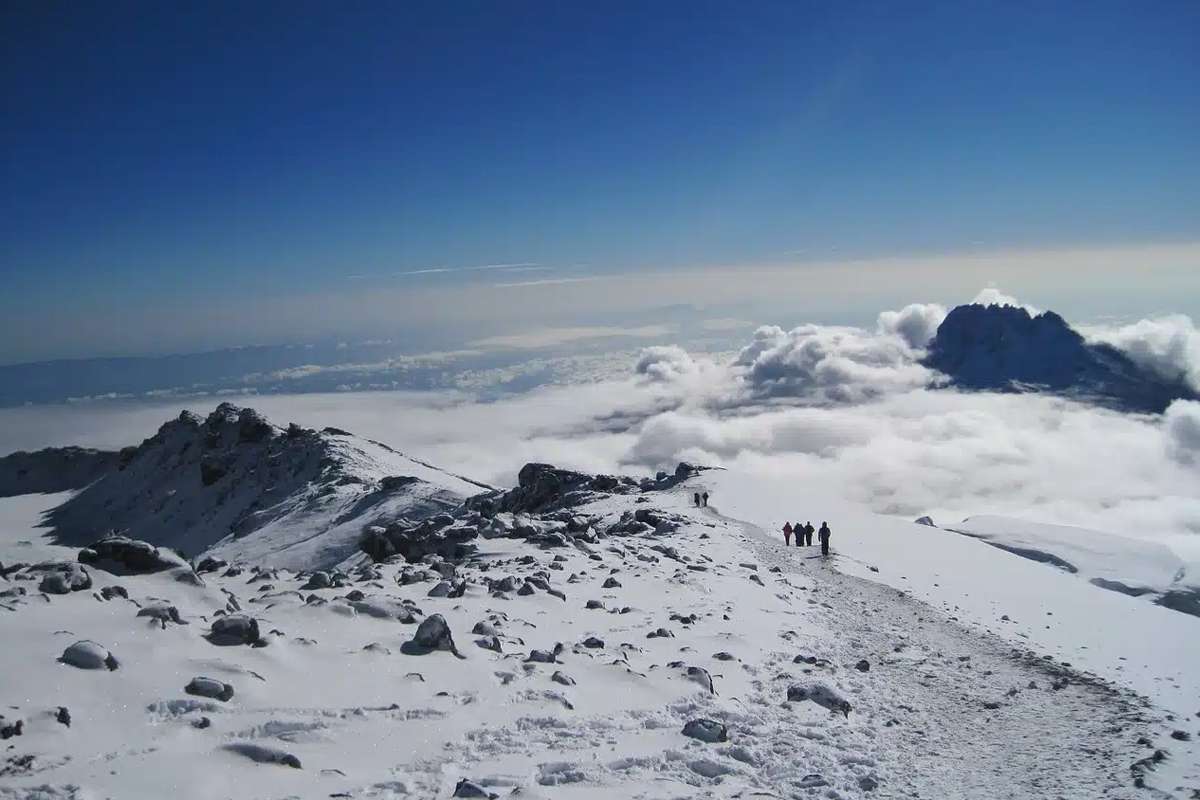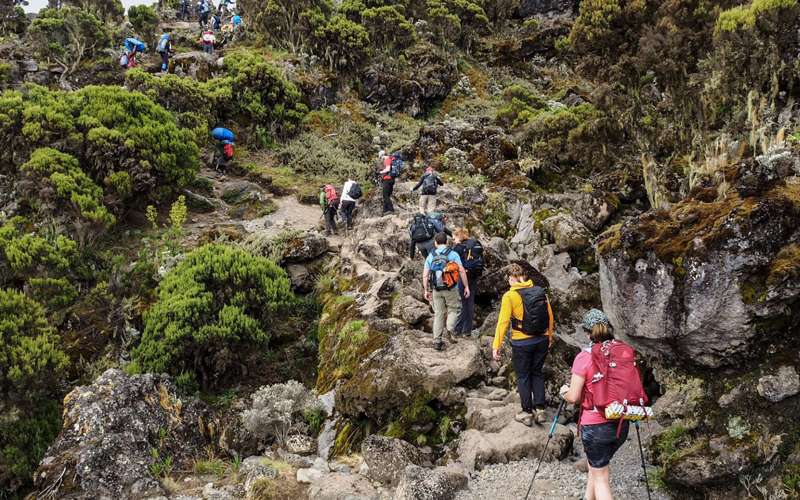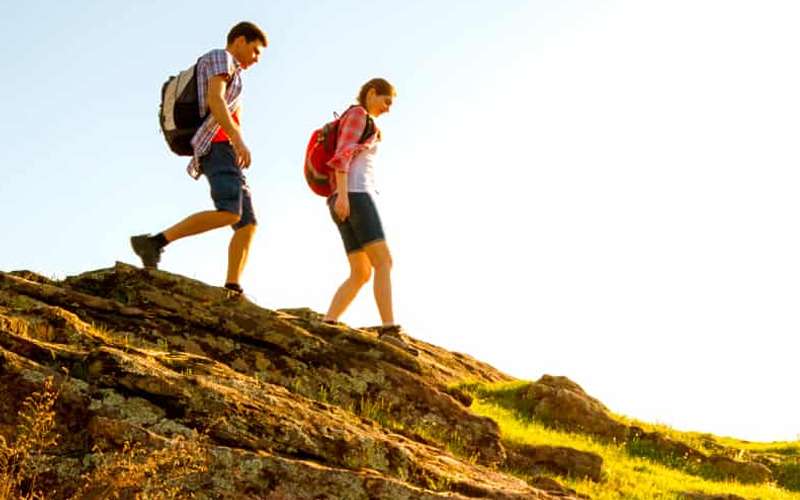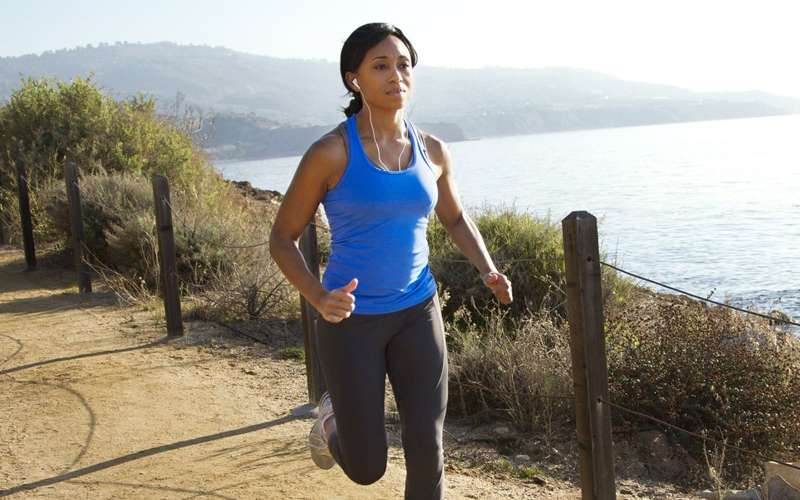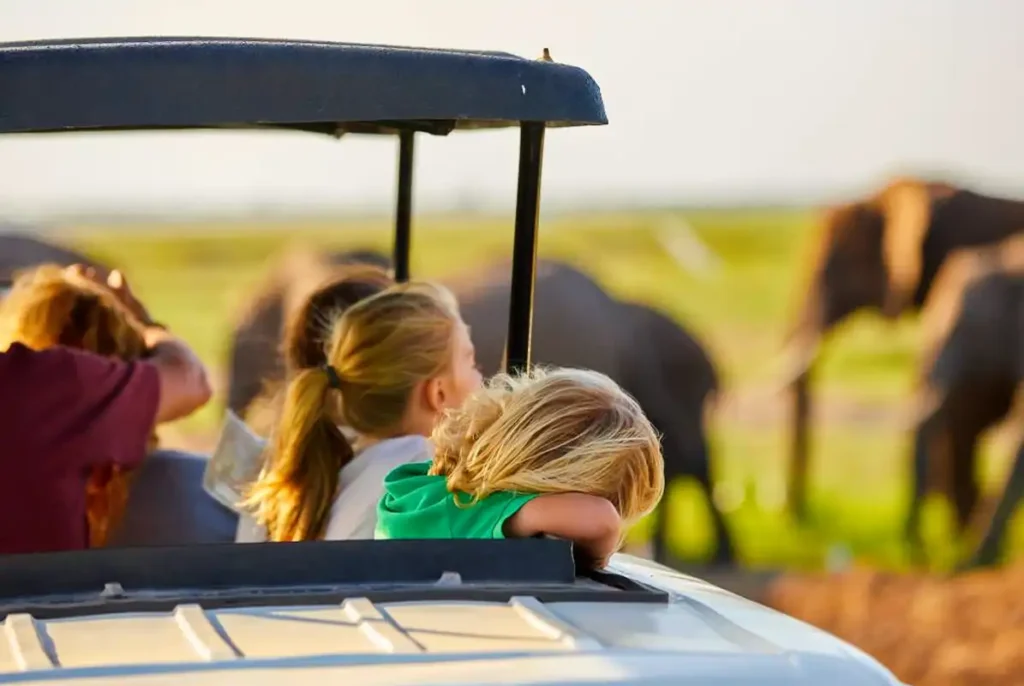Welcome to our comprehensive guide on conquering Mount Kilimanjaro, Africa’s highest peak and one of the most iconic trekking destinations in the world. Whether you’re an experienced hiker seeking a new challenge or an adventurous traveler craving a once-in-a-lifetime experience, climbing Kilimanjaro offers an unforgettable journey through diverse landscapes and breathtaking scenery. Let’s dive into everything you need to know to prepare for your Kilimanjaro expedition.
Research and Planning
Physical Fitness
Preparing for a Kilimanjaro climb requires more than just packing your bags and hitting the trail. It’s essential to whip your body into shape well before you lace up your boots and start your ascent. Climbing Kilimanjaro demands a good level of physical fitness and stamina, so it’s crucial to start training well in advance to ensure you’re up for the challenge.
When it comes to training for Kilimanjaro, focus on three key areas: cardiovascular endurance, leg strength, and overall stamina. These elements will be put to the test as you navigate the rugged terrain and high altitude of the mountain, so it’s important to build a solid foundation before you set foot on the trail.
To improve your cardiovascular endurance, incorporate activities like hiking, running, cycling, and swimming into your fitness routine. Aim for at least 30 minutes of aerobic exercise, three to five times a week, gradually increasing the duration and intensity as your fitness improves. This will help boost your lung capacity and improve your body’s ability to efficiently transport oxygen to your muscles – essential for conquering Kilimanjaro’s high altitude.
Acclimatization
Gear and Equipment
Invest in high-quality gear and equipment suitable for alpine trekking. Essentials include sturdy hiking boots, moisture-wicking clothing layers, a warm sleeping bag, a comfortable backpack, trekking poles, and a headlamp. Don’t forget to pack essentials like sunscreen, sunglasses, a hat, and a refillable water bottle.
Guided vs. Independent Trek
Permits and Logistics
Arrange all necessary permits and logistics well in advance of your trek. This includes booking your trek with a reputable tour operator, securing park permits, arranging transportation to and from the mountain, and organizing accommodation before and after the trek.
Safety Precautions
Prioritize safety throughout your Kilimanjaro expedition. Follow all safety guidelines provided by your tour operator and guides, stay hydrated, and immediately communicate any altitude sickness symptoms. Remember to prioritize safety over summiting if conditions become challenging.
Enjoy the Experience
Finally, remember to enjoy every moment of your Kilimanjaro adventure. Take in the stunning views, embrace the camaraderie of fellow trekkers and guides, and savor the sense of accomplishment as you conquer Africa’s highest peak.


